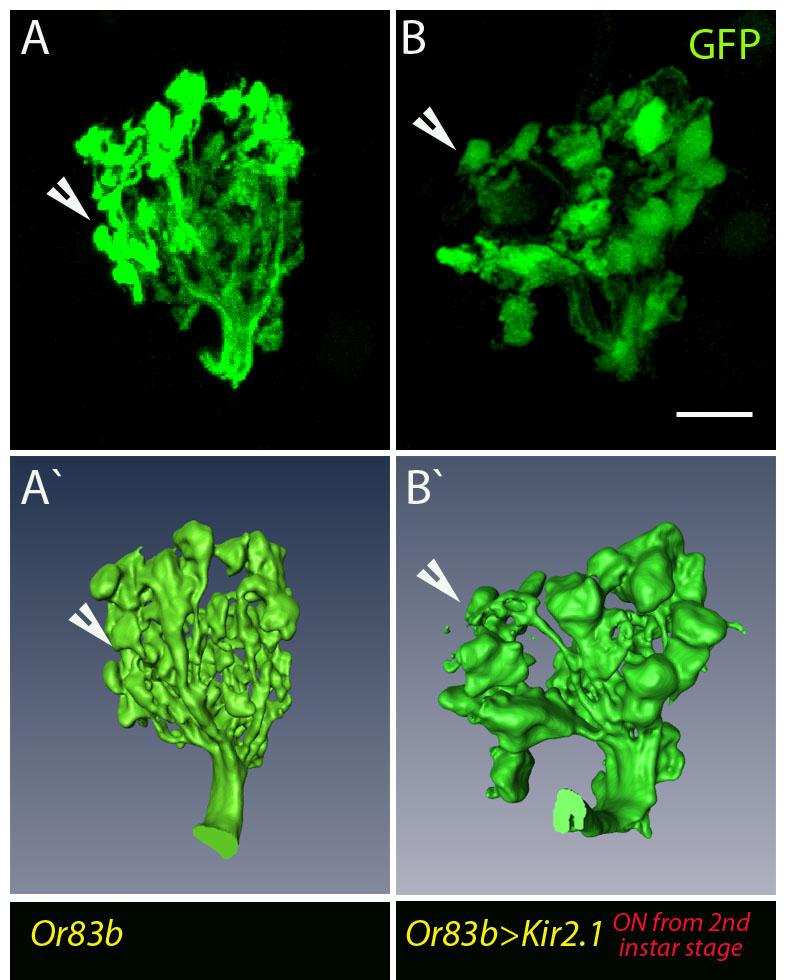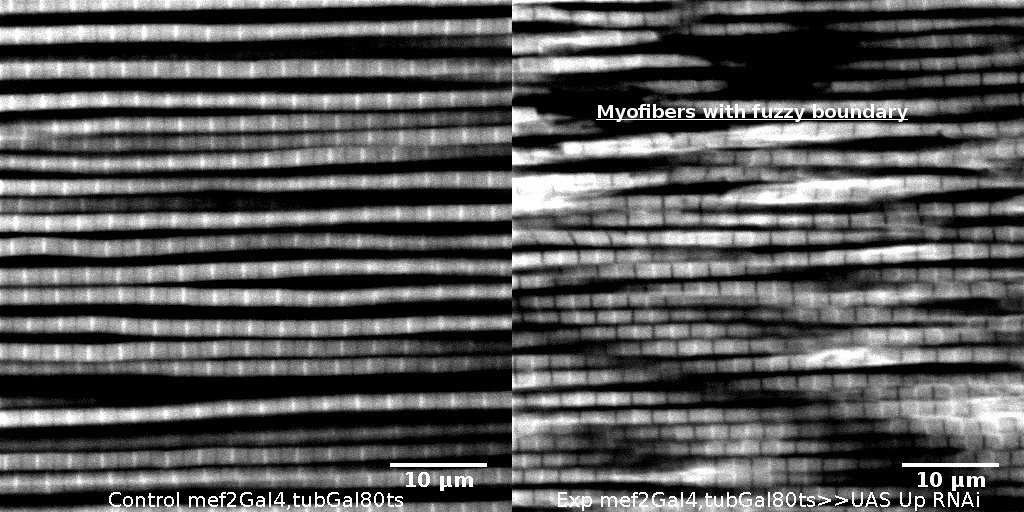Prof. K. VijayRaghavan - Plasticity and maintenance
| People |
Mechanisms of synapse maintenance in the adult nervous system |
|
Albert Chiang
ssurendran [at] ncbs.res.in Sandya Surendran |
The ability of the brain to change with experience, a property referred to as synaptic plasticity, enables the organism to adapt to alterations in the environment, and is thought to underlie learning and memory processes. While dynamic brain imaging has provided much of the evidence for activity-dependent structural and functional changes in brain synapses, these studies have also demonstrated the existence of persistent synapses, which remain stable for months or even the life of an animal. While the mechanisms that regulate synaptic plasticity are quite well-studied, the mechanisms that influence synapse maintenance remains poorly defined. We identified Gsk-3beta as a key integrator of activity and Wnt signaling in stabilizing synapses of Drosophila olfactory neurons (Chiang et al, 2009). We are extending this study by- 1. Studying the simpler olfactory circuit of Drosophila larva, which will allow us to understand better the subcellular and molecular mechanisms at high-resolution. We have observed that even the larval olfactory sensory synapses require activity for maintenance of their integrity (Figure 1)
Figure 1- Conditional expression of neural activity blocker (Kir2.1) leads to degeneration of the larval olfactory sensory map 2. We are also screening for genetic modifiers of Gsk-3beta induced-degeneration in Drosophila neurons using imaging and genetic approaches. These candidate molecules will be further tested in the vertebrate nervous system (in collaboration with Professor Patricia Salinas, UCL) to elucidate their general contribution to neuronal stability. In humans, the Wnt signaling cascade has been implicated in neurological disorders like Alzheimer’s disease and retinal degeneration. Therefore, understanding the mechanisms by which Wnt signaling regulate synaptic maintenance in the nervous system is a critical step in identifying therapeutic approaches for neurodegenerative diseases. Collaborators- Mani Ramaswami and Patricia Salinas Funding- NCBS and TIFR core grants and the Wellcome Trust-DBT India Alliance http://www.wellcomedbt.org/Funding/india-alliance-fellows/DrAlbertChiang... |
| Umashankar | |
| Kunal Chakrobarty |
The Molecular Mechanism Behind the Sarcomere Development Locomotion is defining hallmark of the output of the nervous system and muscles are the output tissue. Fine-structure investigations of muscle reveal units of function, the sarcomere: A patterned organiztion of many motor proteins whose coordinated contractile activity resuts in fibre- contraction and relaxation . One of the important and unsolved questions related to muscles are how sarcomeric protein organization is put in place during muscle development . Using Drosophila as a model system and with its diverse genetic and molecular tools I am trying to decipher the rule of the game.
|







